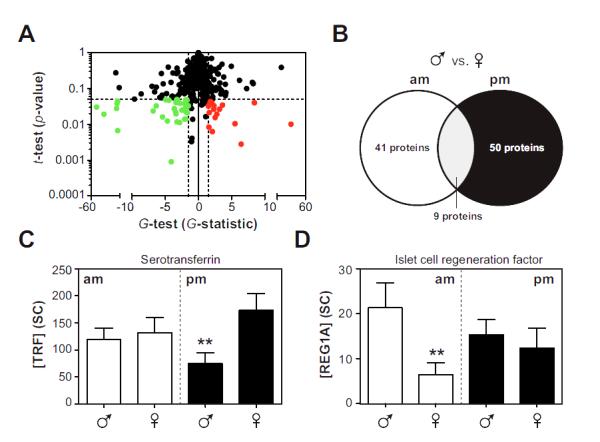Fig. 2. Gender and diurnal effects on the urinary proteome of healthy children.

Morning (am) and bedtime (pm) urine samples were collected from healthy boys (N=7) and girls (N=6) and subjected to LC-ESI-MS/MS analysis. Proteins were quantified by spectral counting and differentially abundant proteins were detected using the t-test and G-test. Panel A: A representative statistical analysis demonstrating proteomic differences in morning samples between boys and girls. Red, elevated in boys; Green, reduced in boys. Confidence intervals (dashed lines; G>1.5 or G<−1.5 and α=0.05) and the FDR (<5%) were established by permutation analysis. Proteins that were elevated in boys were assigned negative values in the G-test. Panel B: A comparison of differentially abundant proteins in boys (relative to girls) in morning and bedtime samples. Panels C-D: Examples of proteins (TRF and REG1A) that are subjected to both gender and diurnal regulation. Results are means ±SEMs, statistical significance (**) was assessed by a combination of the t-test and G-test.
